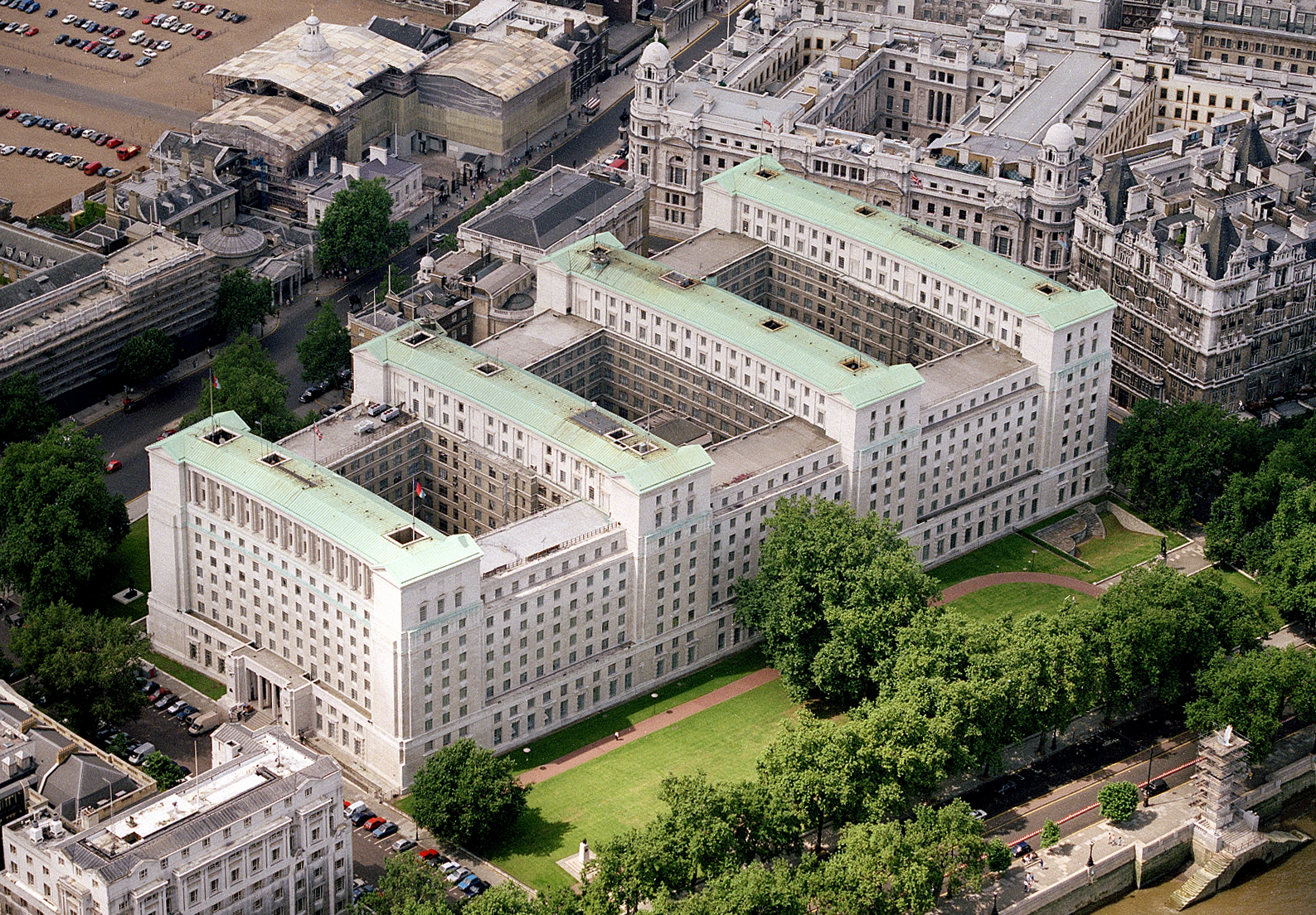Complex departmental structure means digital transformation is dependent on stable cyber foundation, tech leader tells PublicTechnology Live event
Credit: PA
Pursuing digital transformation across the defence sector may be complicated by a web of security clearances and silos, but a failure to do so is “not an option”, according to one of the Ministry of Defence’s senior digital leaders.
Speaking yesterday at the PublicTechnology Live event, Phil Jones, who is executive director of service delivery and operations at the MoD, said that the organisation’s classifications system “makes integration very difficult”.
These classifications dictate which personnel are able to access which types of data.
They fall into three categories: official, where most work is done; secret, housing most military work; and top secret. The department’s digital systems must provide a secure way to aggregate and move data between the clearance levels.
“We don’t have a single infrastructure to worry about, we have three” Jones said. “That does make life complicated, and is costly.”
Related content
- MoD gets £24bn boost to create National Cyber Force
- Military research unit looks to ‘get faster on cyber and AI’
- Defence secretary hopes to attract cyber experts to Armed Forces
Speaking in September of last year, chief of the defence staff, General Sir Nick Carter said: “Warfare is increasingly about a competition between hiding and finding. It will be enabled at every level by a digital backbone into which all sensors, effectors and deciders will be plugged.”
This “digital backbone” forms the basis of the MoD’s digital transformation – and its acceleration into both cloud and agile.
“The backbone is not an end in itself,” Jones said.
He explained how it must provide a “trusted, effective and efficient IT infrastructure,” which would make the lives of users, “easier and more enriched with data.”
He stressed that it’s not “all about the tech”, but is instead, “a combination of people, processes, data and technology.”
“We’re starting to deliver interconnected digital systems that allow data to be accessed when and where it’s needed. By doing so it does enable us to make better, faster decisions,” he said.
“One insecure line could really be the difference between life and death for some of our people – not running a successful digital transformation is just not an option”
Phil Jones, MoD
And with this increased focus on digital comes an increased need for talent.
“We have started quite a big recruitment campaign within defence digital. It’s really important that we get the IT professionals in with the skills and experience that we need,” Jones said.
The release of the Integrated Review on 16 March brought increased scrutiny on the cybersecurity efforts of the UK both at home and abroad. In it, the prime minister Boris Johnson set out his intention for the UK to become, “one of the world’s leading democratic cyber powers.”
“We will be at the forefront of global regulation on technology, cyber, digital and data – to protect our own and fellow democracies and to bolster the UK’s status as a global services, digital and data hub,” he wrote.
Speaking at the event, Jones also highlighted how this shift towards cyber had been felt throughout the organisation, saying, that “it’s absolutely recognised across defence how important IT is now, and digital in general.”
When it comes to meeting the prime minister’s expectations for a digital UK, Jones told the event how, should a lot of future defence spend be earmarked for digital, “then the eyes of the world are going to be on us for delivery.”
As it is planned, the digital backbone should provide this future-proofed route into digital for the MoD, and allow the UK to not only keep pace with allies, but also to “stay ahead” of adversaries – a vital consideration in any defence procurement.
“One insecure line could really be the difference between life and death for some of our people,” Jones said. “Not running a successful digital transformation is just not an option.”
PublicTechnology Live continues today, with a full programme of content and expert speakers from across central and local government, the NHS and industry. There is still time to register – which is free of charge for public-sector professionals – click here to do so.



